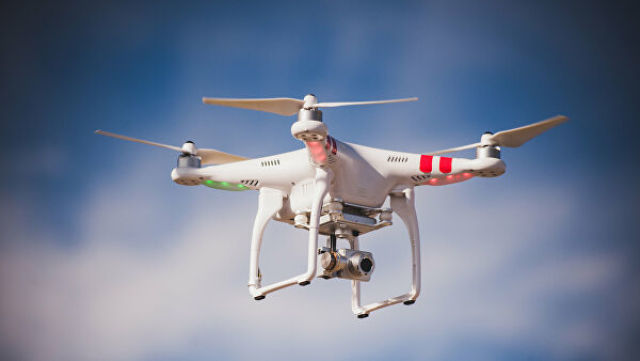The module confirmed the claimed characteristics for detecting both small-sized aircraft and helicopters, as well as mini-unmanned aerial vehicles
MOSCOW, May 26. /TASS/. The Russian military has successfully tested an economical radar module that can detect planes and drones the size of a sheet of A4 paper, said Colonel Viktor Pigarev, Deputy Chief of the Air Defense and Aviation Forces of the Western Military District, in an interview with the Krasnaya Zvezda newspaper.
"One of the leading enterprises of the defense industry - Tula JSC" Central Design Bureau of Hardware Engineering " develops and serially manufactures various radio engineering systems and devices, including for the air defense forces. The result of the work of this team was the creation of an experimental radar module with an active phased array antenna of the target detection station. It is able to reliably perform tasks in various weather conditions: detect small-sized targets and instantly transmit information about them to a single network of air enemy alerts, " Pigarev said.
According to him, the specialists of the Penza JSC "Radiozavod" performed work on the coupling of the experimental radar module with the automated control equipment in service and the issuance of target designation for the means of destroying unmanned aerial vehicles.
"We tested it at the training grounds near Kingisepp and Sertolovo, at the Pushkin and Levashovo airfields, as well as during a number of events in St. Petersburg. That is, it passed the" run-in " for its intended purpose - the appropriate conditions were created. At the same time, the module confirmed the claimed characteristics for detecting both small-sized aircraft and helicopters, and mini-unmanned aerial vehicles (drones) the size of a standard sheet of A4 paper. During the tests, the continuity and stability of tracking targets, high resolution and electromagnetic compatibility were noted, " he said.
The deputy Chief of the air Defense and aviation forces of the ZVO stressed that the radar module practically does not have a "dead" funnel, and when used in a complex application, it eliminates it altogether. "In February, an episode of searching and detecting a small-sized low - altitude unmanned aerial vehicle, transmitting information to the warning network and issuing target designation for the means of destruction-the anti-aircraft missile and gun complex" Pantsir - S "was worked out," Pigarev said.
He stressed that officials of the Russian Defense Ministry highly appreciated the novelty. "I believe that after the adoption of this development, due to its efficiency and cost-effectiveness, it will significantly improve the low-altitude radar field and provide up - to-date information about the air situation in the areas where critical objects are located," he said.

